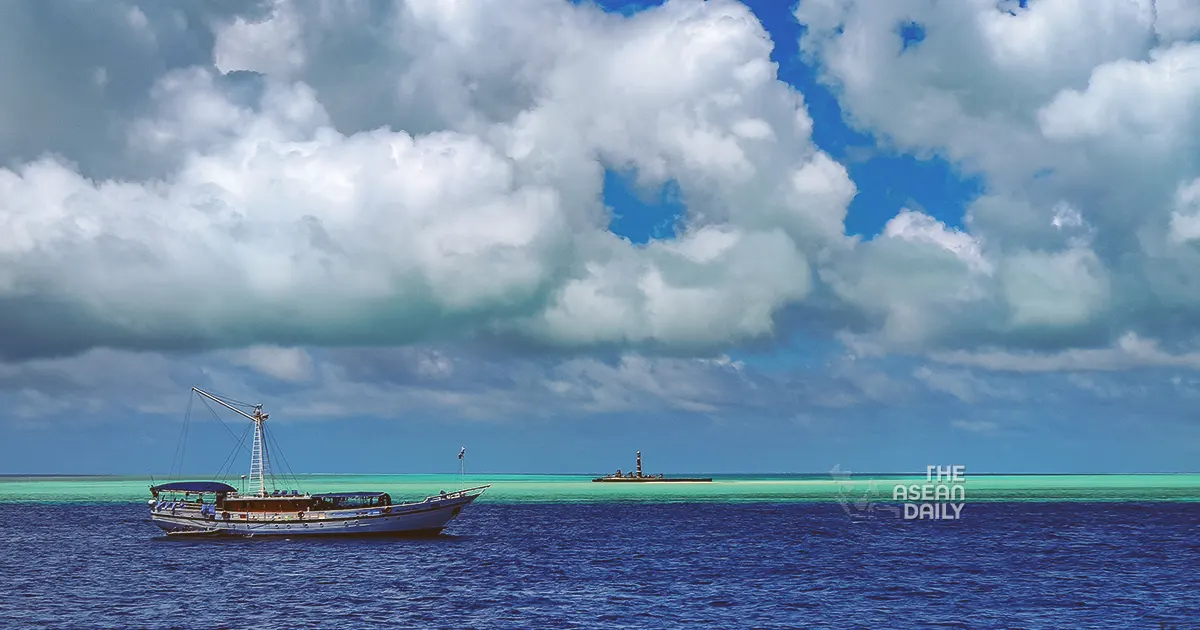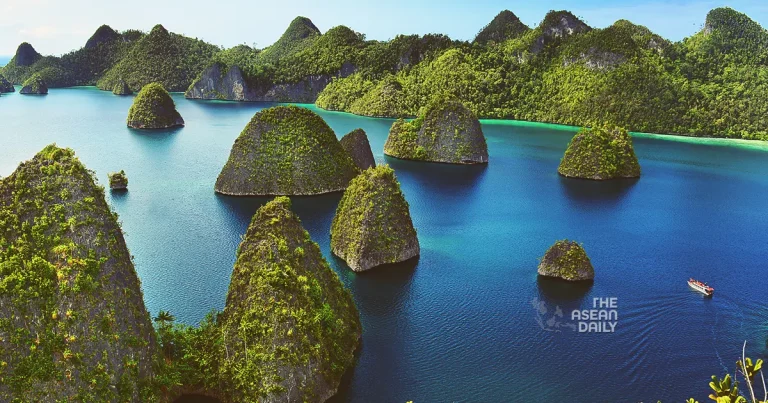27-5-2024 (JAKARTA) With its vast coastlines, myriad islands, and territorial waters spanning an area three times larger than its landmass, Southeast Asia’s intrinsic connection with the ocean is undeniable. Over 10 million people in the region rely on fisheries and aquaculture for their livelihoods, while the scuba diving industry rakes in a staggering US$4 billion (S$5.4 billion) annually. Mangrove forests, straddling the boundary between land and sea, play a vital role in safeguarding thousands of lives from the fury of tsunamis and storms.
Despite this profound dependency on the ocean’s bounty, only a meager 4 percent of Southeast Asia’s seas fall under formal protection – a dismal figure trailing far behind the global average of 8 percent. This alarming statistic exacerbates the region’s biodiversity crisis, with catch rates in the South China Sea plummeting by up to 75 percent, and a staggering 60 percent of Southeast Asia’s sharks and rays teetering on the brink of extinction.
While pockets of hope exist, such as the two million hectares of marine protected areas (MPAs) in Indonesia’s Raja Ampat and over 96,000 hectares in the Philippines’ Tubbataha Reef Marine Park, these islands of conservation are not enough to stem the tide of marine degradation. The question arises: what will it take to galvanize Southeast Asian nations to bolster their commitment to establishing and safeguarding MPAs?

The 30 by 30 initiative, a global goal to designate 30 percent of the world’s land, freshwater, and ocean as protected areas by 2030, offers a glimmer of hope. Emerging from the Kunming-Montreal Global Biodiversity Framework adopted by over 190 countries at the 15th United Nations Biodiversity Conference in December 2022, this scientifically backed target has garnered the support of only four out of 11 Southeast Asian nations thus far: Cambodia, Philippines, Thailand, and Timor-Leste, who have joined the High Ambition Coalition for Nature and People.
While percentage targets are useful, researchers caution that the quality of these sites, based on their ecological value and vulnerability, is paramount. With the twin crises of biodiversity loss and climate change necessitating the protection of the Earth’s wild places, MPAs emerge as a critical tool for restoring marine ecosystems and reversing habitat and species loss.
From strict no-take zones prohibiting all extractive activities like fishing, mining, and drilling, to multiple-use sanctuaries with permit-controlled fishing and recreational activities, MPAs offer a range of options. Research has shown that both approaches yield positive results, with one MPA in Raja Ampat harboring a staggering 25 times more sharks than adjacent unprotected areas. Contrary to prevailing misconceptions, MPAs do not solely benefit animals at the expense of society. Rather, by allowing fish populations the time and space to mature and multiply, these protected areas serve as a “bank” for future food security.

A study in the Philippines underscores this notion, revealing higher catch rates in fishing grounds near MPAs compared to those farther away – a phenomenon known as the “spillover effect.” Whether for fisheries or ecotourism, higher abundances of fish life and species translate into more resilient marine ecosystems, increased economic opportunities, and sustainable livelihoods for future generations. Moreover, at least 36 percent of currently identified Key Biodiversity Areas – sites of global importance for the planet’s overall health and biodiversity – are managed by indigenous peoples and local communities, underscoring the imperative to support these communities in strengthening and protecting their territories against developmental and ecological pressures.
Despite the myriad benefits of MPAs for the economy and communities, many Southeast Asian governments remain hesitant to adopt a long-term view, prioritizing instead the need to maximize catch and income for vulnerable fishers in the short term. Compounded by relatively low gross domestic product in several nations, funding shortages, and competing interests such as oil and gas, shipping lanes, and territorial disputes, the barriers to establishing MPAs are financial, socio-economic, and political in nature, potentially explaining the reluctance of some countries to commit to the 30 by 30 global goal.
However, tailored approaches can increase MPA uptake in the region. Smaller MPAs focusing on critical habitats may enable better enforcement and overall success if funding is limited, while the burgeoning concept of locally managed marine areas empowers communities to directly participate in planning and management, fostering a sense of ownership and incorporating valuable local knowledge.




